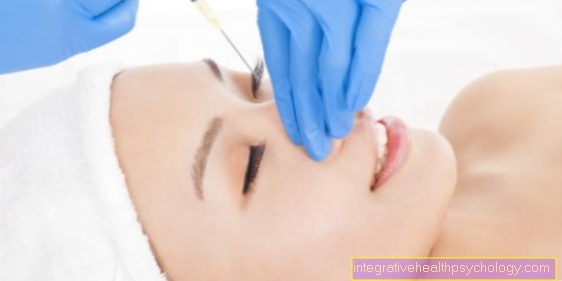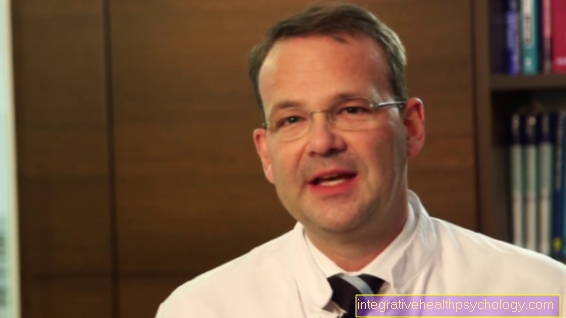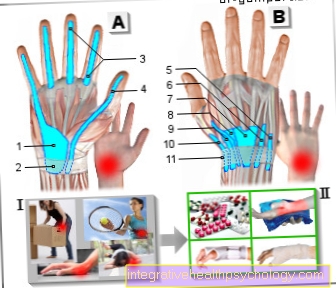Rhinoplasty without surgery
Non-surgical options
Ordinary rhinoplasty surgery (Rhinoplasty) is associated with very high costs for consultation and preliminary discussions, implementation, anesthesia, hospital stay and aftercare. In addition, many patients fear the potential risks and pain that such treatment entails. The healing time after a nose correction is hardly painful, but the possible secondary diseases in particular have a frightening effect on many interested parties.

For some time now, cosmetic surgery has been offering a procedure in which very beautiful results can be achieved even without surgery.
Above all, unevenness in the area of the bridge of the nose, for example hump or saddle noses, at the tip of the nose or in the region between the nostrils (nasal bridge) can be evened out. In such cases, the method of choice is to inject hyaluronic acid into the nasal areas around the bumps. This process actually makes the bridge of the nose higher, but the straightening makes the nose appear much smaller. Even patients with a nose that is too wide can be remedied in this way. Because by injecting a minimal amount of hyaluronic acid into the bridge of the nose, a wide nose is also visually narrowed. It is also possible to reduce the size of the nostrils or to lift a drooping tip of the nose, but in these treatments Botox is injected instead of hyaluronic acid. Botox is a neurotoxin that prevents the muscles from being excited and thus their ability to tense (contract). The nasal muscles remain slack, a nasal tip that was once drooping appears raised and nostrils that are too large appear smaller.
The duration of the treatment is only 5 - 10 minutes and is therefore significantly shorter than a classic nose correction (rhinoplasty) (duration: approx. 3 - 4 hours).
The advantages of this non-surgical treatment method are, on the one hand, the immediate achievement of the desired result and, on the other hand, the low costs compared to conventional rhinoplasty. A price of around 250 - 300 euros per application is to be expected (in comparison: the surgical rhinoplasty costs around 5000 - 7000 euros), the final costs depend on the amount of hyaluronic acid or botox used. Here, too, there are usually additional costs for a consultation.
disadvantage
Where there are advantages, however, there must always be disadvantages.
On the one hand, a non-surgical rhinoplasty is not suitable for extensive changes; on the other hand, the actual problem is not resolved, but only "hidden".
The biggest disadvantage, however, is the fact that a rhinoplasty without surgery does not provide a lasting result compared to the conventional method. Both the introduced hyaluronic acid and the injected Botox are completely broken down by the body after a while. As a result, the huge improvement in the appearance of the nose will gradually disappear. The complete breakdown of hyaluronic acid usually takes more than 3 years, however, unwanted changes in shape are already visible after about a year. For this reason, most patients undergo follow-up treatment after about 1.5 years, which incurs additional costs.
The question that every patient has to ask himself in this context is whether in the long term a classic rhinoplasty might make more sense and ultimately be more cost-effective, because even the introduction of hyaluronic acid and especially Botox involves certain risks.























.jpg)





